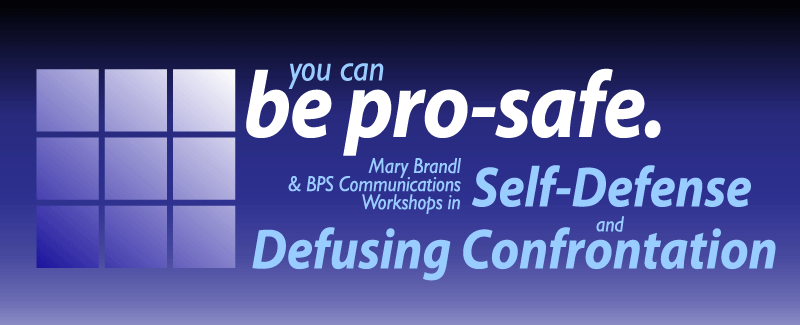

|
|||||
About Fear and Panicby Mary Brandl
|
| The human "fight or flight" response is
instinctive. It can help you if you use it constructively. When we feel fear,
it is our body responding to conscious or unconscious signals that something is 'off' or
'wrong' in a situation. The blood rushes out of the stomach, creating that
"butterfly" sensation (the body has decided that digestion is NOT a priority at
this moment). The body releases adrenaline and the heart starts pounding faster
trying to get oxygen out to the limbs. All of this is an "emergency gear"
the body can slip into in an emergency. People are often able to perform feats in
this physical state that they would not be capable of under regular/normal circumstances.
Panic, on the other hand, is more similar to our startle response. The response of a rabbit that is startled in the underbrush is usually to be very still. Since in most cases the rabbit's coat blends in with the surroundings, this is a good ploy. As long as the predator hasn't picked up the rabbit's scent, the rabbit is better off remaining still, so the predator won't pick up on movement. We human beings have a startle response too. Imagine if someone tapped you on the shoulder right now and you hadn't known someone was there. Most of us would jump, and part of that jump is sucking in air suddenly. In panic we are tending to hold most of that 'startled' air inside and restrict our own breathing. Without oxygen, thinking and acting become more difficult. Panic is anything but helpful. It can keep you from thinking straight, considering your options, and acting decisively. You can avoid being immobilized by panic by using these two techniques:
This is not about paranoid thinking, it is about PREPARED thinking. Why walk down the street worrying about an attack but with no clear plans? Thinking ahead means you have a few plans. Having some plans helps you to relax and avoid paranoia, since you have resources at your disposal in case of a crisis. (Have thoughts or opinions on this article? |